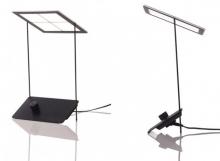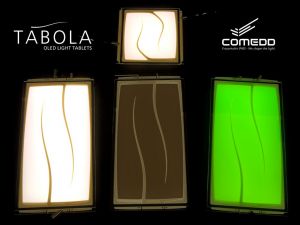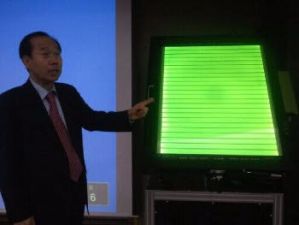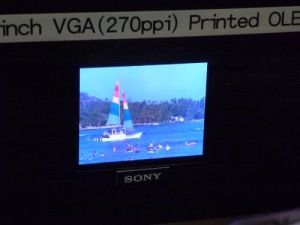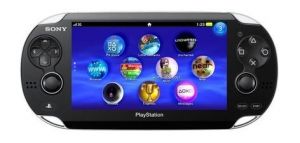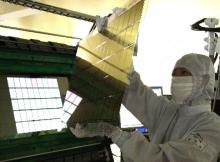Samsung to start mass producing flexible AMOLEDs in 2012?
ETNews posted a couple of articles claiming that Samsung Mobile Display plans to start mass producing flexible AMOLEDs in 2012. This is actually consistent with what we hear from other experts - although Samsung officially said in December 2010 that the plan is to start mass production in 2013-2014. ETNews says that the recent joint-venture with Ube Kosan on Polyimide production means that the development process of the new technology is complete and Samsung now focuses on production technologies.
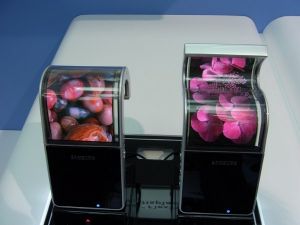
Samsung's flexible AMOLEDs will be fabricated on a plastic (Polyimide) substrate and will be able to withstand high temperature (up to 350-400 degrees). The displays can be bendable - and rolled down to a two centimeter radius. ETNews says that Samsung will use the new displays in mobile phones, tablets and also watches and glasses. Here's a nice video showing the flexible displays:


